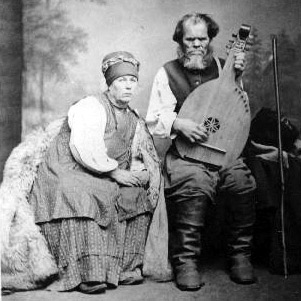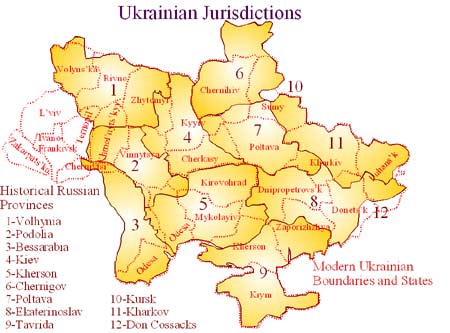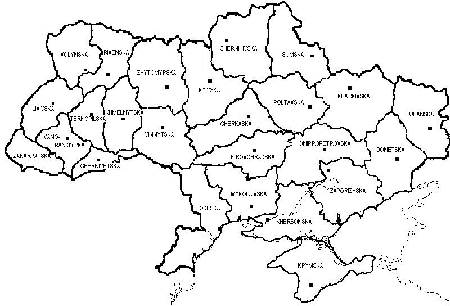| While the chapter gave a very brief overview of
a double immigration involving two different countries before an
immigrant arrives in the United States, it provides a basic understanding
of the problems involved. While there are many more sources to be
covered, and even some indexes for Canada, notably the 1871, 1881,
and 1891 Ontario census index, we will discuss these sources in
a later set of lessons.
If you don't have Canadian ancestors, try to glean an understanding
of a double immigration problem for you may find such an ancestor
in your own family going from Russia to Germany to the United States;
or from France to England to the United States, etc.




Family Histories
In past lessons, we have discussed how immigrants were not alone;
that they often immigrated with others, or followed friends and
family to the New World. The same is true about family historians.
Usually, they are not the only persons interested in a particular
ancestor. Others are also researching your ancestors, and especially
your immigrants. Finding those other researchers is an important
part of immigrant origins research. Indeed, the concept of locating
the results of previous researchers' efforts is a primary axiom
of genealogical research. But nowhere is it more important than
with research into the origins of immigrants.
While the origins of earlier immigrants is not often found in family
sources, the more recent immigrants may have left a record somewhere
which includes mention of the home town. If this was retained by
a computer-savvy descendant, you may just find the answers you have
been looking for in his or her data base. It doesn't take long to
search massive collections today as this lesson pointed out; and
in the meantime, you may learn much more about the friendliness
of electronic sources.
 In
a future lesson, we will discuss using the wide variety of compiled
records published on paper, but for now let us focus on electronic
file because while they are useful for immigrants from any of our
four time periods, they seem especially useful for these early 20th
century immigrants. In
a future lesson, we will discuss using the wide variety of compiled
records published on paper, but for now let us focus on electronic
file because while they are useful for immigrants from any of our
four time periods, they seem especially useful for these early 20th
century immigrants.
|